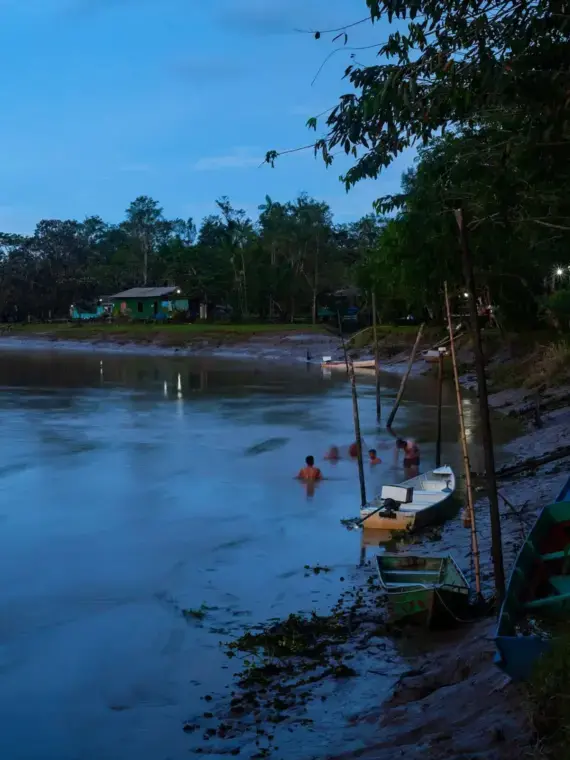The Amazon rainforest, a biome covering 7 million square kilometers, has been cultivated for 12,000 years. Fire, considered today as one of the main agents of environmental degradation, was—and still is—a tool for landscape construction. Used for millennia by Indigenous people, quilombolas, and river dwellers, it symbolizes an idea of the future and conservation of the Amazon. Fire is the father of agrobiodiversity.
The project will have, in fire, the guiding thread for the documentation of humanized landscapes (natural and cultural heritage), dynamic extractivism, and agro-forestry management—pillars for the development of a new economy of the forest, which can ensure socio-environmental viability for the Amazon. With a historical and scientific perspective, the goal is to visit communities that live off natural resources and show that traditional knowledge is fundamental for keeping the forest standing.
There is fire that destroys, and there is fire that builds by driving cycles that, according to scientists, turn forests into forests. Fire against fire!
Archeology will underpin a documentary look whose objective, ultimately, is to bring about a radical change in the way modern societies relate to the Amazon, a common good of all mankind. "The strategies of traditional populations were and are based on agro-biological diversification," wrote archeologist Eduardo Neves, from the University of São Paulo.










